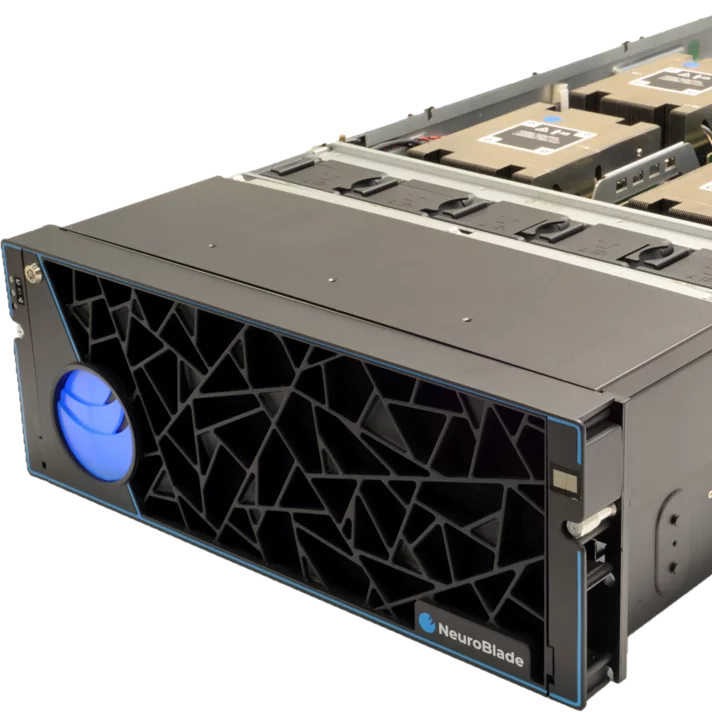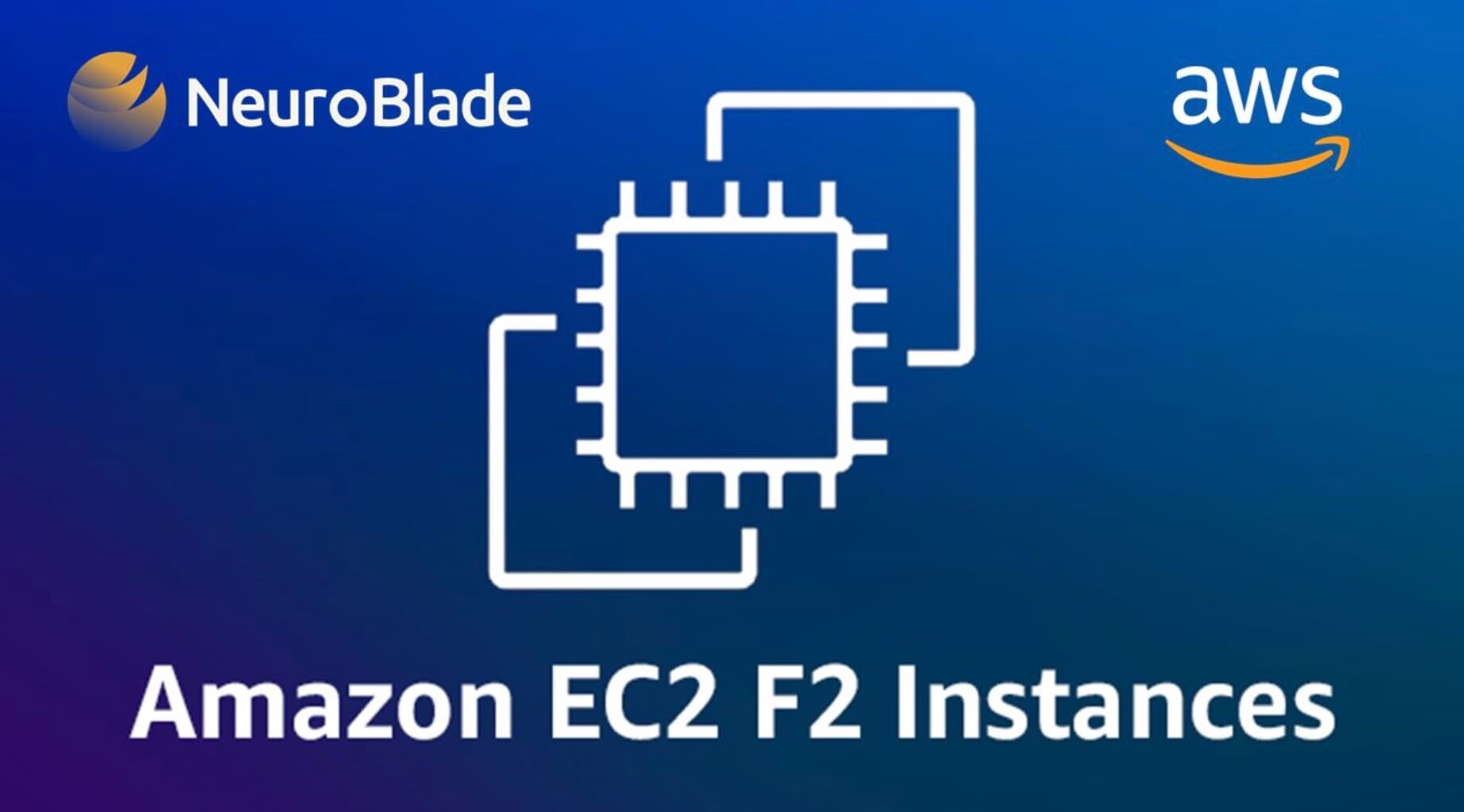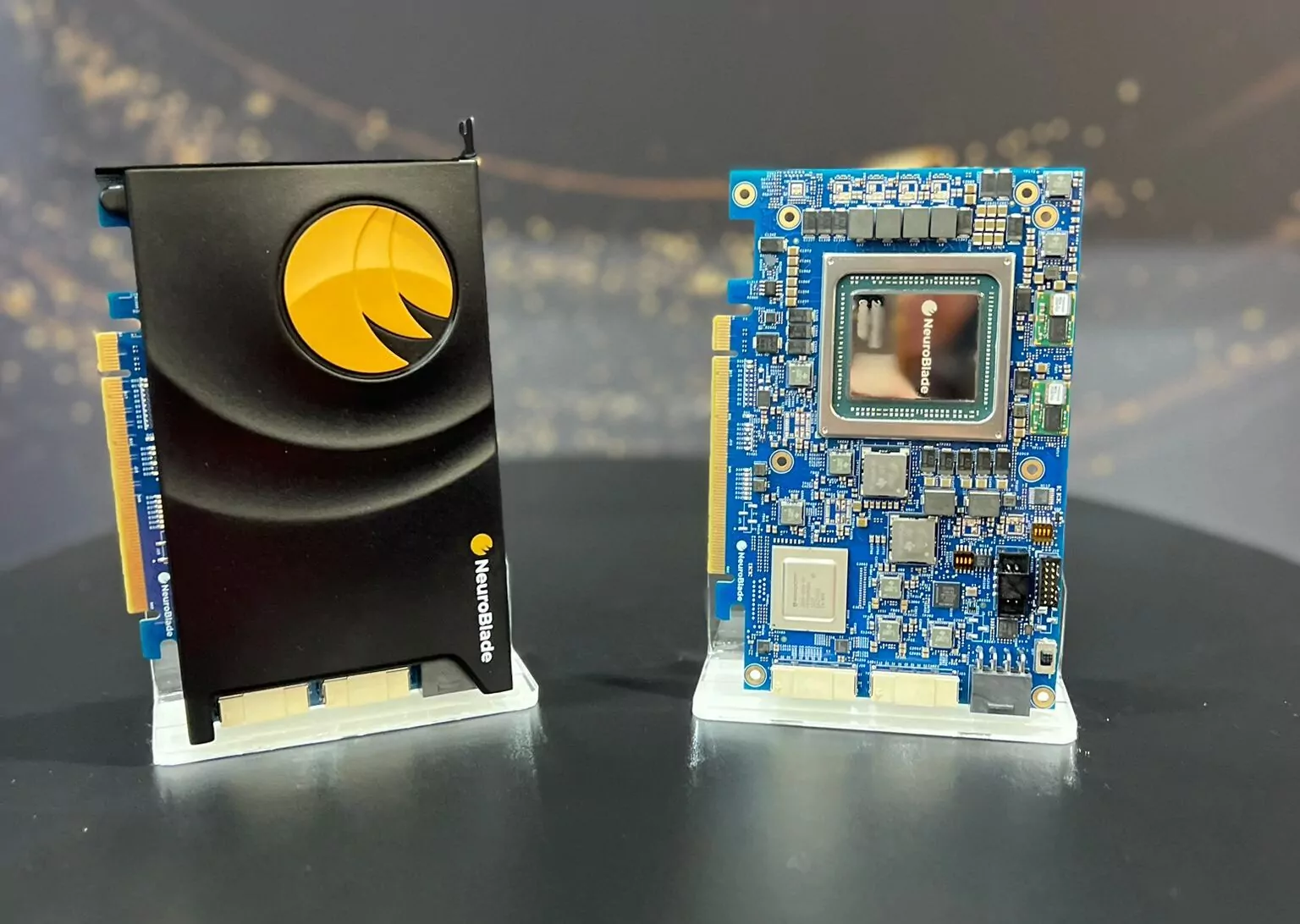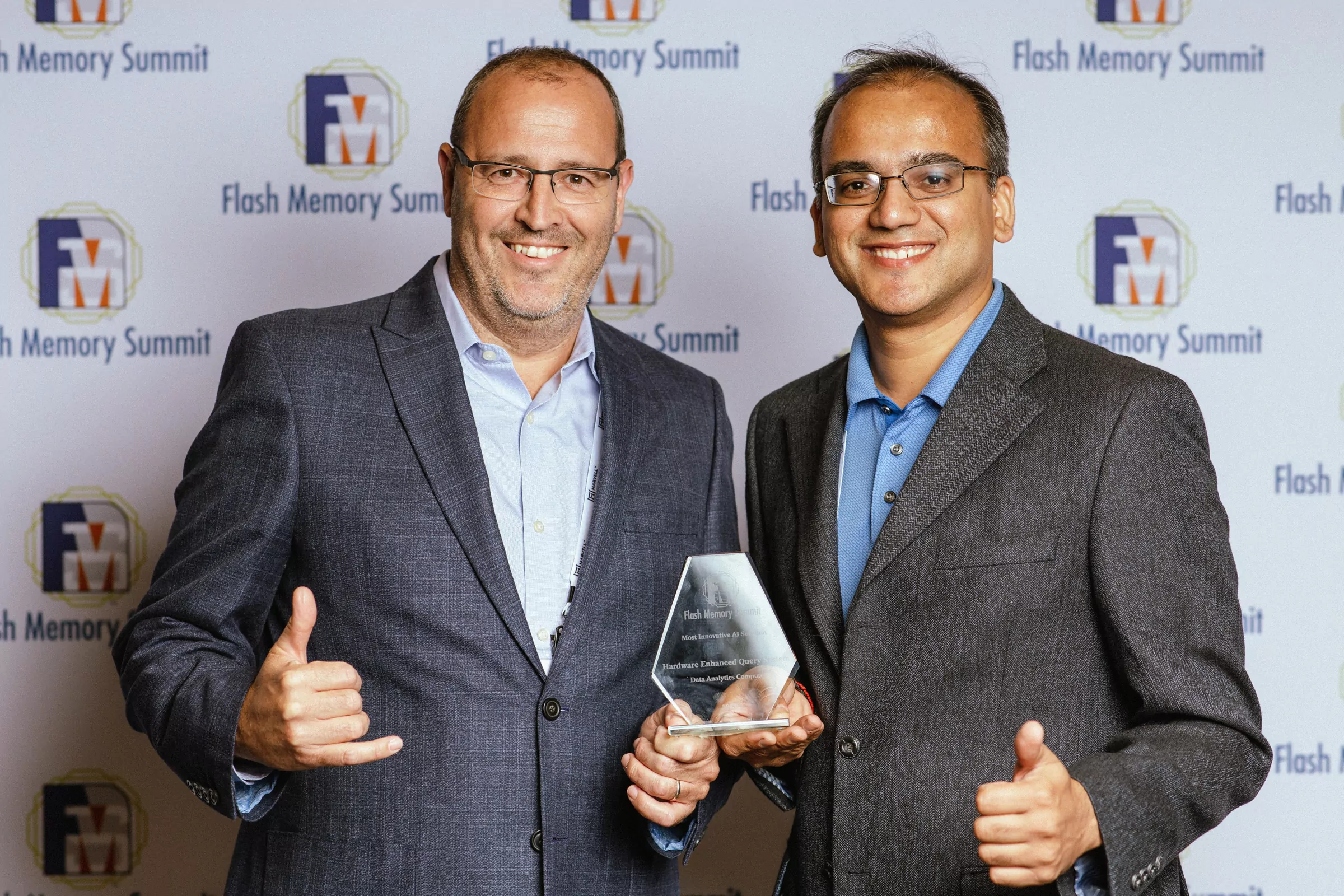By Elad Sity, CEO.
Today we announced to the world that NeuroBlade has secured $83M in Series B funding to build the next generation of computer architecture that will speed up processing time for data analytics by a factor of 100x or more. I would firstly like to acknowledge the companies who have put their faith in NeuroBlade and thank them for their support. The Series B round was led by Corner Ventures with contribution from Intel Capital, and supported by StageOne Ventures, Grove Ventures and Marius Nacht. Additionally, strategic investors including MediaTek, Pegatron, PSMC, UMC and Marubeni supported the over-subscribed round.
Secondly I would like to acknowledge the NeuroBlade team who have worked diligently to get our technology to market ahead of time and budget, during very trying COVID times. You are the reason we had such an amazing Series B round, and we plan to invest the capital to accelerate engineering ramp as well as global expansion of sales and marketing.
The concept for NeuroBlade was born out of a game Eliad, my co-founder, and I played. In our spare time we liked to “play” the stock market to see if we could beat the experts. We learned quickly that stock trading takes enormous amounts of data and requires extremely fast processing of that data. So, like any good engineer, we wanted to make that process better. We started out with CPU based systems and then quickly moved to GPUs to gain market advantage, but that still was not enough. Current technologies simply do not process the data fast enough. So we built a system based on our own building block – computational memory – which we now see as the future for any company wanting to gain a competitive advantage.
We set out on a mission to bring this new technology to life and change how data is processed, resulting in the formation of our company, NeuroBlade. It enables new scales of processing in both capacity and speed. And as the amount of data created, captured, copied, and consumed worldwide grows exponentially, our technology becomes that much more critical.
NeuroBlade is the first and only company that has managed to combine compute and memory into a single entity. We have developed a new data analytics architecture that eliminates the major data movement bottlenecks that we hit, by integrating the data processing function inside of memory, better known as processing-in-memory (PIM). The legacy system architectures that Eliad and I worked on suffered in performance due to the constant shuffling of data between storage, memory and central processing, resulting in poor application performance and slow response time – the death knell of market trading. PIM has been the pipe-dream of the industry for decades and we are the first company to successfully demonstrate this game-changing technology in production.
Many vendors are trying to address the performance issues associated with current compute architectures. Server vendors are building specialized servers loaded up with memory to create a large cache pool for the applications. The problem is that there is a hard limit between how much compute and memory a system can have so customers end up having to purchase excessive amounts of CPU just to gain access to RAM. Commonly called “the CPU tax” these systems are insanely expensive, with 70% of the cost associated with just RAM. They cannot scale beyond a single system and that also limits the size of the data models in memory.
Many companies have been applying software acceleration techniques to alleviate the data movement problems. Advanced Database Management Systems (DBMSs) are widely used to accelerate a sluggish system architecture. By deploying indexing and other smart techniques, these solutions trim data movement requirements, resulting in faster analytics. However, if the data was not indexed properly in advance, or if the data is not partitioned or indexed according to the column scanned, these software solutions are less efficient. Software solutions also don’t scale well with larger data sets, since indexing requires massive additional storage capacity.
An emerging trend is to use custom accelerators for data analytics. One such example is Amazon’s Redshift AQUA (Advanced Query Accelerator)[1], which adds a cache layer between the persistent S3 storage and the Redshift compute cluster. This hardware accelerated computational cache layer provides data acceleration in the form of query filter and it aggregates operations closer to the data, reducing the amount of data that is required to reach the CPU, as well as off-loading these operations from the CPU itself. However, even this custom accelerator is still throttled by the bandwidth limitations of the DRAM memory connected to it, and hence is also limited in handling complex data analytics operations.
While Amazon benefits from its own advanced caching, not all companies can afford to design and build their own custom accelerators, which is where NeuroBlade comes in. Solving the data movement bottleneck requires a system-wide re-engineering approach, with the intent of optimizing Total Cost of Ownership (TCO). NeuroBlade addresses these problems with its core technology, introducing several innovations to the market, incorporated in a single scalable solution.
NeuroBlade introduces Xiphos – a data center solution based on a new system architecture for fast Data Analytics, built from the ground up to address the performance issues in current architectures.
The Xiphos technology is a Data Analytics acceleration engine that integrates core technologies from NeuroBlade for deployment in datacenters and cloud infrastructure. Xiphos delivers a new architecture developed by NeuroBlade that is composed of the following key components:
- Xiphos Intense Memory Processing Unit (IMPU)
- Xiphos Software Stack
The Xiphos IMPUis amemory processing unit that runs queries in-memory and near-memory, reducing data movement and accelerating overall system performance for data intensive tasks. The two key components of the IMPU, developed by NeuroBlade, are the Xiphos Processor and the XRAM computational memory.
NeuroBlade also provides a complete software stack that operates the solution and delivers these gains to the users. NeuroBlade has done all the heavy lifting, the Xiphos APIs are well developed, and the additional level of effort to design-in the IMPU, with its Xiphos Processor and is XRAMs, is very light.
These core technology components are delivered in standard datacenter configurations for easy deployment. The Xiphos technology can be deployed in one of two ways:
- As an integral part of the compute cluster, offloading the host DRAM and providing large-scale data capacity for analytics.
- As a hardware accelerated caching layer behind the compute cluster, eliminating data movement between slow storage and compute, performing required operations in the cache.
The technology is available as a turn-key system from NeuroBlade, or as technology components that are supplied together with a reference design for a customized integration.
While we think our technology is ground-breaking, it is great to have the endorsement of industry leaders such as Intel and SAP.
“Despite being tested like never before this past year, the data center kept the world operating at a critical time. We think that this market is poised for explosive growth and NeuroBlade looks to have a promising journey ahead,” said Lance Weaver, vice president and general manager of Data Center & Cloud Strategy at Intel. “Intel is proud to power NeuroBlade’s platform with our portfolio of products. We look forward to our continued collaboration with NeuroBlade to optimize end-to-end performance.”
“SAP looks forward to continuing to work with NeuroBlade on their new PIM-based data analytics acceleration solution,” said Dr. Patrick Jahnke, head of the innovation office at SAP. “The performance projections and breadth of use cases prove great potential for significantly increased performance improvements for DBMS at higher energy efficiency and reduced total-cost of ownership on-premises and in the cloud. Through this exciting collaboration with NeuroBlade, SAP will unlock new possibilities to build the data center of the future.”
We believe that the combination of identify a real industry problem and developing the solution in record time – we did the entire development with Series A funding and during COVID – lead to the strong investment for Series B. Our technology has been deployed in leading data centers in the world as we unleash the potential of this radical new technology development. We plan to use the funds to aggressively grow our engineering teams and build out a world class organization to bring this revolutionary technology to market.
Thank you again to all our investors and amazing employees.
[1] AQUA (Advanced Query Accelerator) for Amazon Redshift, https://aws.amazon.com/redshift/features/aqua/





